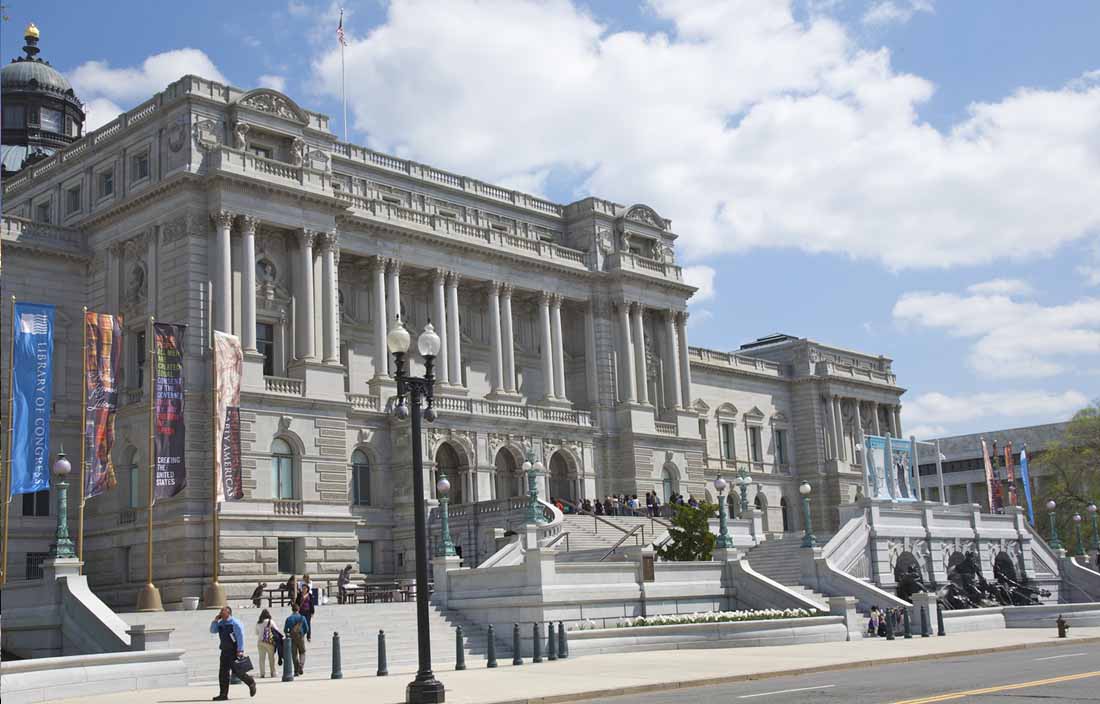The American Rescue Plan Act (ARPA), signed into law in March 2021, provides $350 billion in relief to states and local governments under the Coronavirus State and Local Fiscal Recovery Fund (CSLFRF) program. To offer swift guidance on the use of CSLFRF, the U.S. Department of Treasury (Treasury) published the Interim Final Rule (IFR) on May 17, 2021, through the expedited rule-making process. On Jan. 6, 2022, Treasury issued the ARPA final rule (FR) on CSLFRF, which is effective as of April 1, 2022. The final rule adopted the previously issued IFR with amendments.
What can ARPA CSLFRF funds be used for?
Eligible uses of ARPA funds in the CSLFRF fall into four broad categories:
- Government services to the extent of revenue loss
- Responding to the negative economic impacts of the public health emergency
- Rewarding essential workers with premium pay
- Investments in water, sewer, and broadband infrastructure
In this article, we focus on the revenue loss category and changes Treasury made to this category between the May 2021 publication of the IFR and the January 2022 release of the ARPA final rule. The CSLFRF revenue loss concept, as initially outlined in the IFR, would have required all recipients to perform a calculation of revenue loss. The calculated revenue loss was and is not to be considered a direct replacement of lost revenue but must be used for the provision of government services to the extent of the reduction in revenue suffered due to the COVID-19 public health emergency. There were significant changes made to the revenue loss category under the FR.
ARPA guidance for local governments on determining amount of revenue loss
Under the FR, recipients now have two options to determine revenue loss. Recipients must choose one of the two options and can’t switch between these approaches during the term of the award.
Recipients may determine the amount of revenue loss using one of the following two options:
- Recipients may elect a “standard allowance” of $10 million in aggregate, not to exceed the award amount, during the program.
- The standard allowance provides an estimate of revenue loss that’s based on an extensive analysis of average revenue loss across states and localities and offers a simple and convenient method to determine revenue loss.
- A recipient that plans to use the standard allowance is required to make a one-time election and report it to Treasury through regular programmatic reporting. In advance of making this election, a recipient may begin to use up to $10 million of CSLFRF funds for the provision of government services.
- Recipients may calculate their jurisdiction’s specific revenue loss each year using Treasury’s formula, which compares actual revenue to a counterfactual revenue trend. Under the ARPA final rule, the revenue loss calculation originally described in the IFR has been adjusted as follows:
- Option to use fiscal year or calendar year: While the IFR allows for a recipient to calculate the revenue loss at the end of each calendar year starting Dec. 31, 2020 through Dec. 31, 2023, the FR offers the recipient an option to choose between calculating revenue loss as of the end of each calendar year OR the end of each fiscal year of the recipient.
- Increase to the standard growth rate: The calculation under the IFR defined the growth rate to be the greater of either a standard growth rate of 4.1% or the recipient’s average annual revenue growth in the last full three fiscal years prior to the pandemic. The ARPA final rules bump the calculation’s growth rate up to the greater of either a standard growth rate of 5.2% or the recipient’s average annual revenue growth in the last full three fiscal years prior to the pandemic.
- Other changes to the calculation under the FR:
- Utility revenues: Recipients may elect to include revenue from certain utilities.
- Recipients must adjust actual revenue totals for the effect of tax cuts and tax increases adopted after Jan. 6, 2022.
Key considerations
What does your community need to consider when evaluating these two revenue loss options? Here are several possible starting points for your evaluation process:
- Recipients who select the $10 million “standard allowance” option for determining revenue loss are not required to substantiate a calculation. The only stipulation is that the revenue loss amount must not exceed the lesser of the award amount or $10 million.
- The revenue loss calculation is complex and will require data from a variety of sources; there may be a number of questions communities have to consider when completing the calculation and some questions may not have a definitive answer. Recipients who choose to calculate revenue loss should ensure that their inputs are adequately supported with proper documentation.
- The revenue loss category is not “free money” for state and local governments. It must be used toward government services. Government services is the most flexible eligible use category under the CSLFRF program, but recipients should be mindful of three key restrictions:
- ARPA CSLFRF funds can’t be used to pay for debt service or for replenishing financial reserves (i.e., setting up rainy-day funds).
- ARPA CSLFRF funds can’t be used for the satisfaction of settlements and judgments.
- ARPA CSLFRF funds can’t be used to make “extraordinary contributions” to pension funds.
- On the positive side, ARPA CSLFRF funds obtained under the revenue loss category may be used for a wider range of government services, programs, and projects outside of the eligible uses of CSLFRF obtained under the other categories: negative impacts of the public health emergency, premium pay for essential workers, and investments in water, sewer, or broadband infrastructure. This flexibility could make it advantageous for communities to allocate most if not all of their awards to this category.
- No matter how each community chooses to use its funding, documentation of any decision-making will be key.
The needs for each community that receives ARPA CSLFRF funds will vary; therefore, it’s important to begin talking within your governments and with your constituents now in order to start planning the most effective ways to maximize the use of these funds in your community.
As you consider how to spend CSLFRF and navigate its complexities, we’re here to help. Don’t hesitate to reach out.





